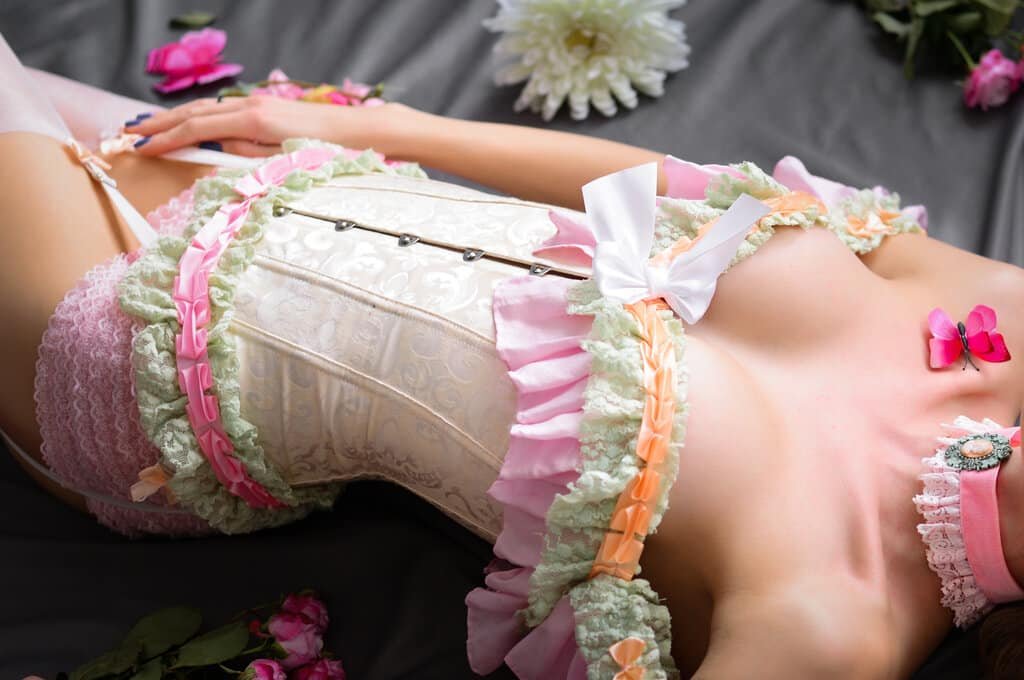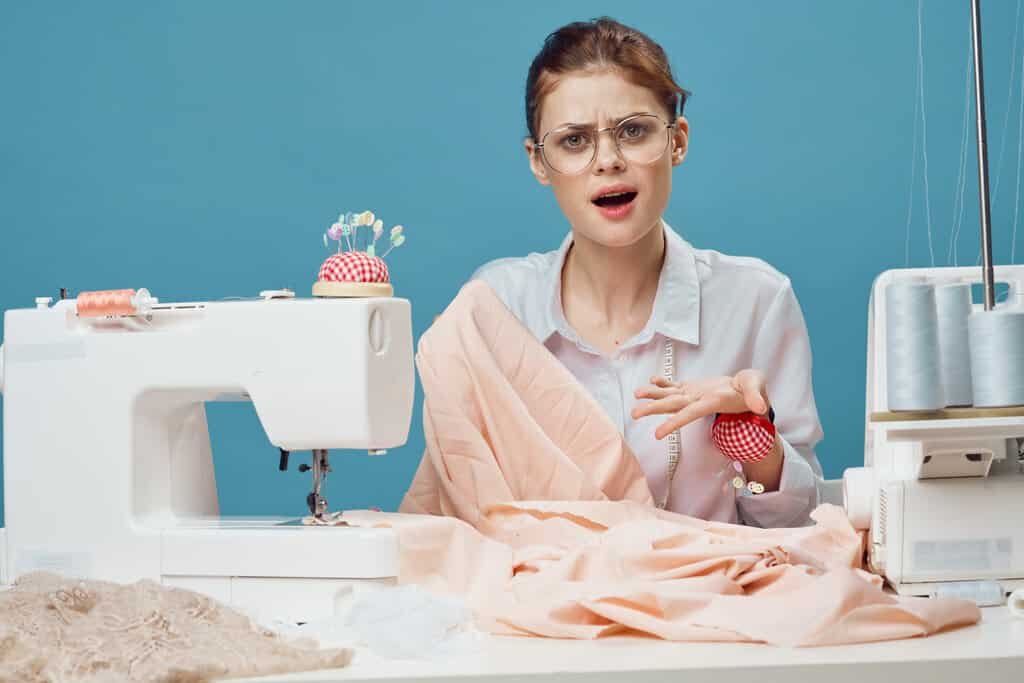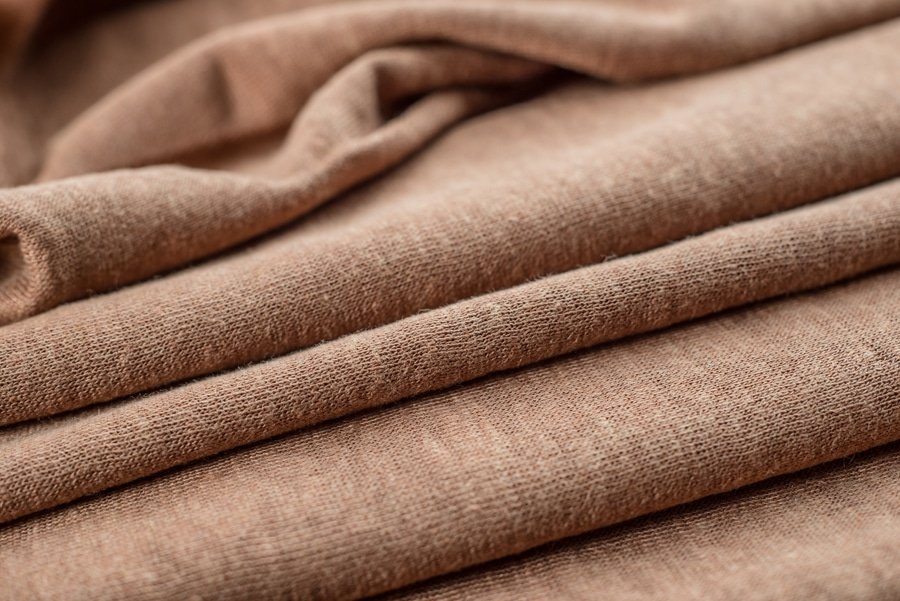Different Types Of Corsets In 2024
Different types of corsets are there in the market. However, fashion enthusiast ladies have a weakness toward different types of corsets to enhance their beauty! How do you believe the aristocratic women of Europe maintained their beauty a hundred years ago? Corset is the answer. Several women from the past and now enjoy corsets, which are one essential part of their wardrobe. In the past, the women’s standard method of clothing was a corset that tightly fitted their bodies. Corsets are the best way of achieving an hourglass body shape by emphasizing the breast and hips while shrinking the waist. Modern ladies adore them because they offer them the shape and confidence that Victorian women detested. The corset is the ancestor of the modern bra, albeit contemporary corsets are more comfortable than those from the Tudor and Victorian ages. Different types of corsets today are available in a variety of sizes, hues, designs, and even materials. Also, you can wear these on particular occasions. WHAT A CORSET IS? A corset is a sturdy undergarment for women to shape and support the torso. It can create a smaller waistline or a fuller bottom, which many women find aesthetically pleasing. Corsets can also enhance the bust line and create the illusion of a longer, leaner torso. Although initially uncomfortable, wearing a corset can improve posture and boost self-esteem. Corsets come in various shapes, patterns, colors, styles, and materials, including cotton, velvet, twill, leather, lace, and brocade. When choosing a corset as underwear, it is essential to select a breathable fabric such as 100% cotton. The practice of wearing a corset is called “corseting,” and it involves manipulating a woman’s curves to create a particular silhouette, including lifting the bust and making hips and shoulders appear broader. To achieve a stunning look, it is important to choose a corset that fits your body type and size. If you are new to corsetry, it is crucial to understand the different types of corsets available. Here is everything you need to know about corset types. UNDERBUST CORSET The underbust corset is a type of corset that starts below the breasts and extends to the beginning of the hips. We recommend it as the ideal corset for beginners, especially one with detachable garters. Underbust corsets can be worn as supportive undergarments to reduce waist size or as an outerwear fashion accessory. While wearing an underbust corset over a shirt or dress can give you an hourglass body shape, it does not provide enough support for the breasts. Therefore, it is advisable to wear a supportive bra with your underbust corset for a better appearance and posture. Due to its versatility, investing in a single cotton underbust corset is highly recommended. It can be worn with a wide range of outfits, both over and under clothing, allowing you to mix and match effortlessly. The underbust corsets that are most in demand are: Cincher A particular style of underbust called a “cincher” is longer in the front and back at the center but shorter on the sides. Longline Women with lengthy upper bodies should wear longline underbust corsets. They stretch over the hips to offer more camouflage and protection. When you want to give your waist and hips a nice-looking form, you can use longline underbust clothing. Before buying, make sure to try this underbust. Bodice When you want the maximum back and shoulder covering, this underbust is perfect. They have straps that stop at the natural waist. Corsets with Wide Straps Women with broad shoulders look best in underbust corsets with wide straps. They come with halter and cross-back top options. OVERBUST CORSET The overbust style is one of the most traditional corset designs. Overbust corsets extend above the hips and cover the bust. One of the adaptable corset styles is overbust, which you can wear both over and under clothing. For the ideal night out, pair slim jeans with an overbust corset alone. Overbust corsets often come in the following styles: Cupped Corsets There are built-in pads in these overbust corsets. A cupped corset is perfect for you if you have large breasts since it provides lots of support. Lingerie Corset Overbust corsets come in more exposed varieties called “lingerie corsets.” For holding up your stockings, they have a G-string and built-in or removable leg warmers. They use high-end silk, fine lace, and beads to make lingerie corsets. MIDBUST CORSET Mid-bust corsets start at the mid-bust and extend to the torso and hips, as the name implies. Midbust corsets give your breasts support without giving off an odd push-up impression. While the bottom border is stretched all the way to the low hip, the boning ends high enough for you to sit comfortably. Prepare to present a smooth, long, columnar silhouette on any occasion. WASPIE CORSET Another short corset without any different types of collars is called Waspie. A waspie corset fits your waist by wrapping around your torso and fastening with a wide belt. Moreover, you can use them to achieve better results when lowering waist size and are also referred to as “waist trainers.” You can also wear these as a fashionable accessory over a fancy dress, top, or blouse. HOURGLASS CORSET You can achieve the ideal hourglass body shape with a small waist by wearing an hourglass corset. This corset cinches the waist without compressing the lower ribs. The hourglass corset can have a straight or sweetheart-style neckline and you can wear it underbust, mid-bust, or overbust. When it comes to providing exceptional comfort and significant waist reduction, they are the ideal corset. PIPE STEM CORSET In a pipe steam corset, the torso is compressed throughout to give the appearance of a longer torso. This corset’s drawback is that it puts a lot of strain on your ribs, making it impossible for you to wear it for extended periods of time. To fit perfectly into the pipestem corset, you must also practice frequent waist training. RIBBON CORSET A contemporary corset that is
Different Types Of Corsets In 2024 Read More »





